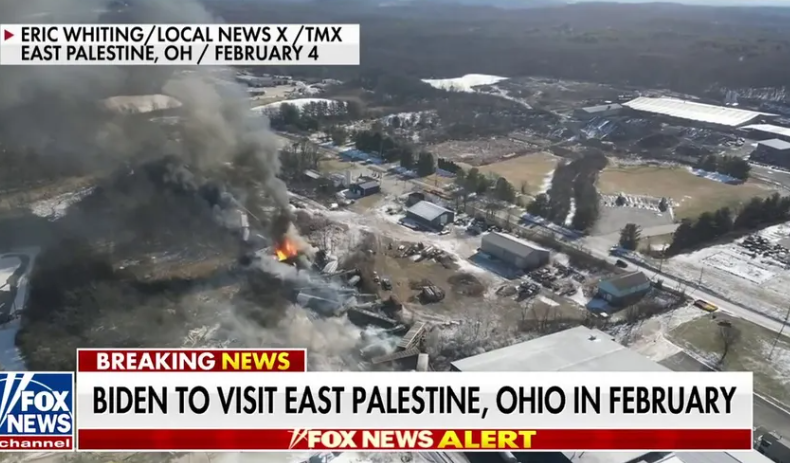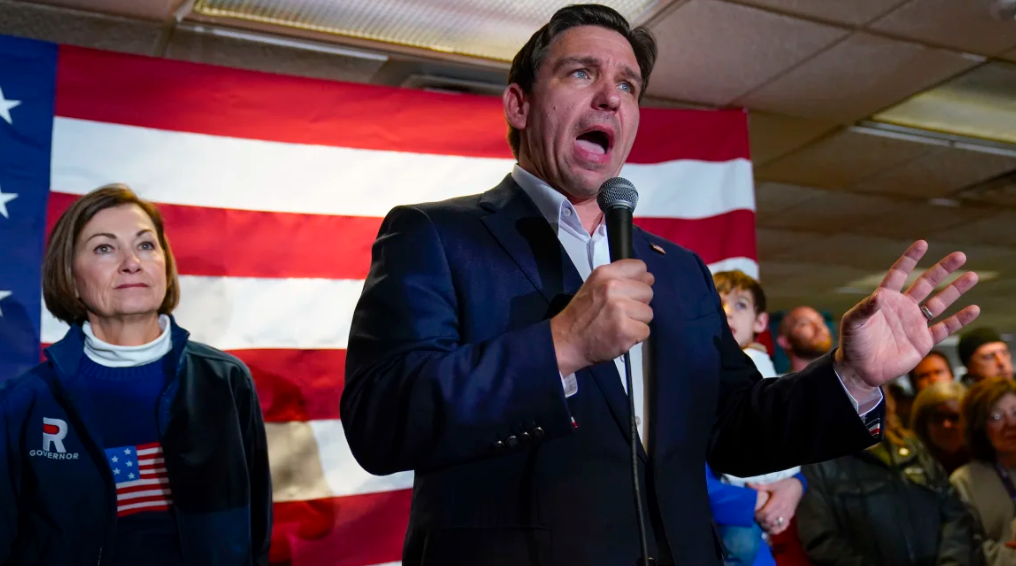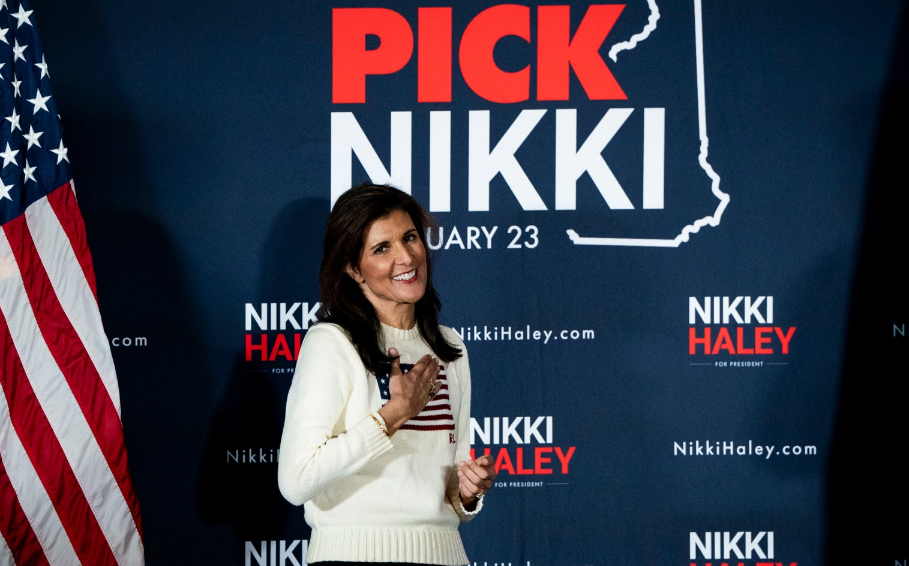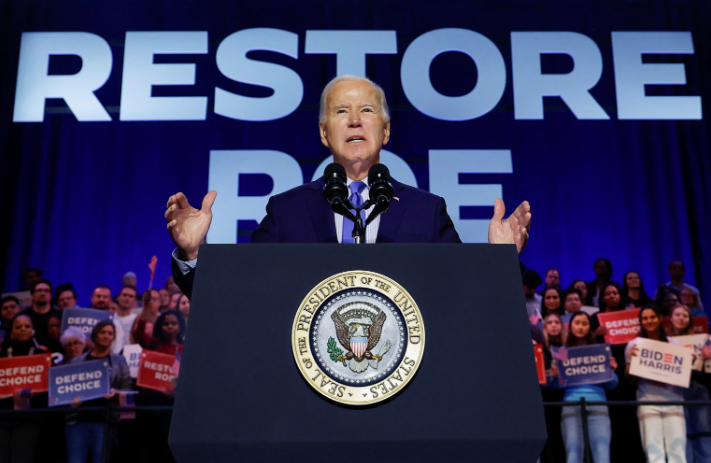In a twist that feels more like a tech-gone-wrong episode than a stride toward educational progress, President Joe Biden’s big move to simplify college financial aid has hit a snag. It’s like the botched HealthCare.gov rollout all over again, but this time, it’s about making college dreams come true—or at least trying to.
A Noble Aim Gets Tangled in Tech
For three years, the Biden administration has been on a mission to streamline access to federal aid for college through a revamped Free Application for Federal Student Aid (FAFSA). The goal was noble: a bipartisan law passed in December 2020 promised a simpler aid formula and a user-friendly FAFSA experience. However, as deadlines loomed, what was supposed to be a straightforward project morphed into a technological headache, leaving millions of families in a lurch.
The Waiting Game
This spring, as high school seniors eagerly check their mailboxes for college acceptance letters and financial aid packages, many are met with an unexpected wait. Delays in processing new FAFSAs mean weeks, if not months, of uncertainty. It’s a domino effect; colleges across the country, including big-name state universities, are pushing back their decision deadlines, leaving students and their families in a bind.
David Bergeron, a veteran of the Education Department, likened the debacle to the IRS being unable to process tax returns on April 15. In other words, it’s a big deal. Families, especially those with college-bound kids, expected this government operation to run smoothly. Instead, they’re left scratching their heads, wondering what went wrong.
More Than Just Delays
But wait, there’s more. Beyond the frustrating wait times, the new FAFSA website, unveiled with much fanfare in late December, is glitchy. Students from families where parents lack Social Security numbers are hitting a digital wall, unable to apply for aid online. The Education Department is on it, but for many, this fix can’t come soon enough.
The Ripple Effect
This FAFSA fiasco isn’t just a headache for families navigating the college admissions process; it’s a potential barrier to higher education itself. Career advisers and advocates fear that the chaos could deter students, especially those from disadvantaged backgrounds, from pursuing college altogether. And with FAFSA completions down by about half from last year, it’s clear that the turmoil is having a tangible impact.
A Bipartisan Blunder
On Capitol Hill, the situation has sparked bipartisan concern. Democrats and Republicans alike are demanding answers and action. The Government Accountability Office has even stepped in, launching investigations into the mishandling of the FAFSA rollout.
The Education Department’s Response
Inside the Education Department, it’s all hands on deck. Education Secretary Miguel Cardona has described the situation as “very frustrating and challenging” but remains hopeful. The department is throwing resources at the problem, from deploying staff to campuses to opening up federal funds to assist with the crisis.
The Long Road to Modernization
This isn’t the first time the FAFSA system has been under scrutiny. The system, reliant on outdated COBOL programming and operated by General Dynamics for about 40 years, was overdue for an upgrade. The Biden administration’s contract with General Dynamics to build a new system from scratch was supposed to be a leap into the 21st century for federal financial aid. Yet, here we are, grappling with delays and technical troubles.
Looking Ahead
Despite the current turmoil, there’s a silver lining. The new FAFSA, once fully operational, promises to make more students eligible for aid, marking a “net win” for American families, according to Cardona. But as we navigate this “messed up” admissions timeline, it’s clear that the journey to modernize federal financial aid is far from over.
In the meantime, students and their families are left to navigate a system in flux, hopeful for a resolution that makes college more accessible, not less. And as for the Biden administration, this chapter serves as a reminder that even the best-laid plans can go awry, especially when technology is involved. Here’s to hoping for a smoother path forward, where the only delays in a student’s college journey are caused by hitting the snooze button one too many times on a Monday morning.











